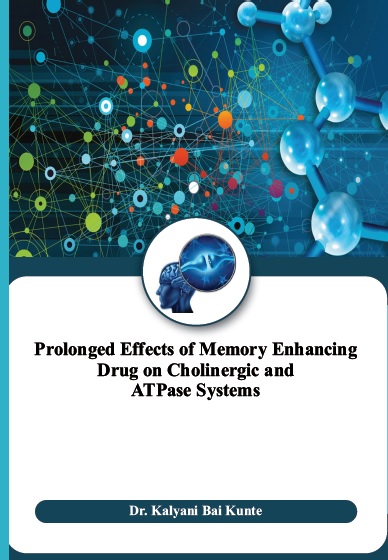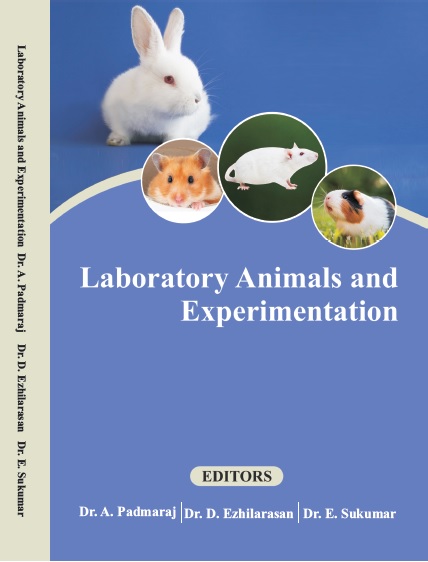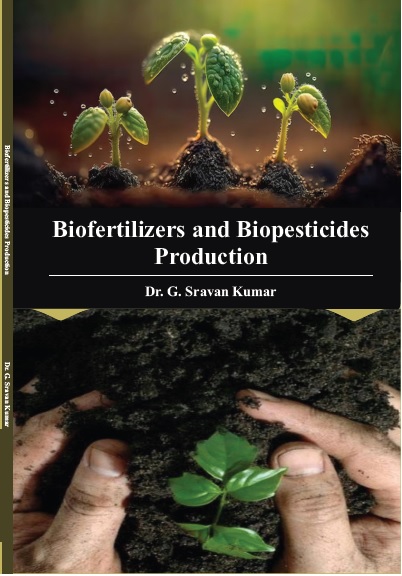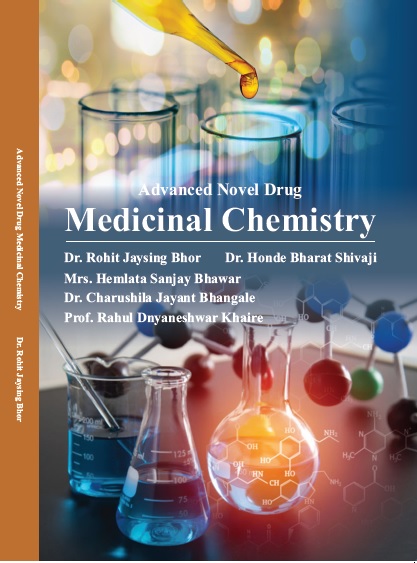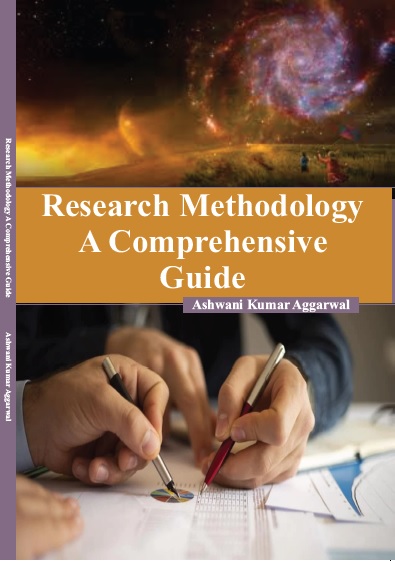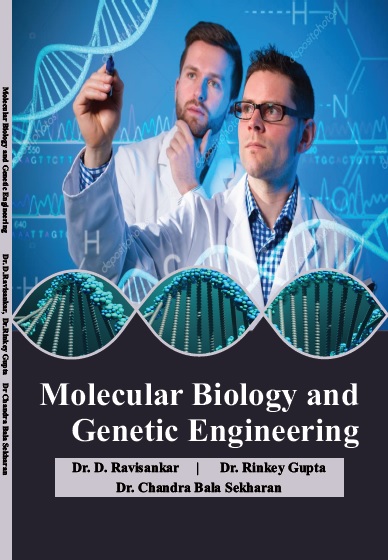MEDICAL SCIENCE
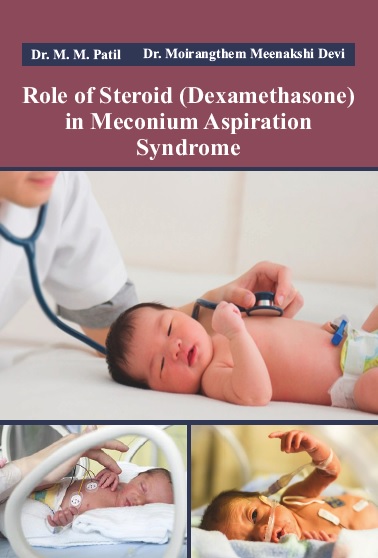
Role Of Steroid (dexamethasone) In Meconium Aspiration Syndrome
by Dr. M. M. Patil
ISBN Number : 978 - 93 - 88672 - 68 - 9
Authors Details
| Author Name | Image | About Author |
|---|---|---|
| Dr. M. M. Patil |  |
BLDE Deemed To Be University Shri B M Patil Medical College
Hospital And Research Center, Vijayapur -586103.
Publications: 08 in national and international journals.
Presentations: Faculty at national and state conferences.
Current Position: Secretary Environment and Child Health
Group Karnataka state 2015-17 and
2017-2019
Research Work: As a Co-investigator in WHO ACTION Trial 1 and 2 (2018-20)
As Co-investigator in NICHD pilot project on A PLUS
Study (Azithromycin in labor Use Study)
Trainer: IAP National Tuberculosis Elimination Program
IAP RTI GEM module
IAP Smart Clinic |
| Dr. Moirangthem Meenakshi Devi |  |
Working as : Senior Resident, Pediatrics
Regional Institute of Medical Sciences, Imphal, Manipur – 795004
Alma Mater:
1) MD Pediatrics from BLDE (Deemed To Be University)
Shri B.M. Patil Medical College Hospital And Research Centre,
Vijayapur – 586103
2) MBBS from Pondicherry Institute of Medical Sciences, Kalapet,
Puducherry - 605014
Publications: 02 in national journals
01 in international journal
Presentations: Participated as Resource person in state conference MANIPEDICON 2019
Current Position: Joint Secretary, Pediatric Association of Manipur (PAM) 2020 |
Book Description
The most important consequence of neonate born through meconium stained liquor is meconium aspiration syndrome (MAS). It is one of the major cause of severe respiratory distress in newborn2. The pathophysiology of MAS is not completely understood. Meconium aspiration leads to activation of pulmonary macrophages producing an intense inammatory response and inltrations of polymorphonuclear lymphocytes diffusely through the lungs3. There is associated increased pulmonary vascular permeability, leading to proteinaceous exudation into the alveolar spaces and thereby causing inactivation of pulmonary surfactant and decreased lung compliance.





